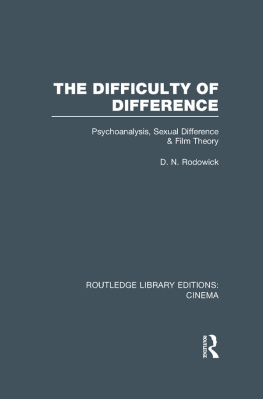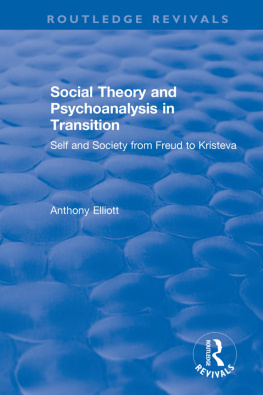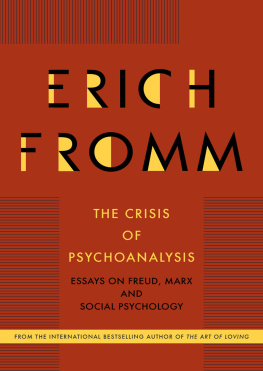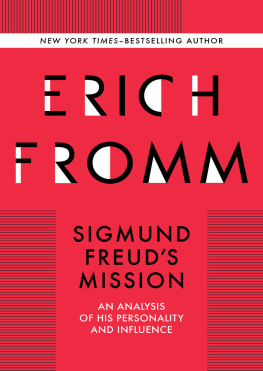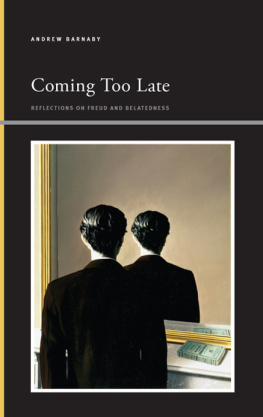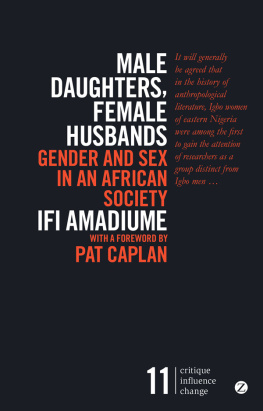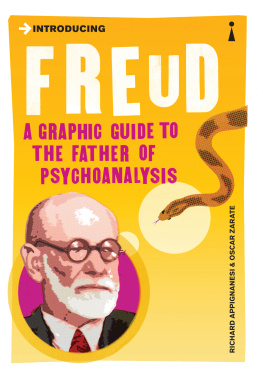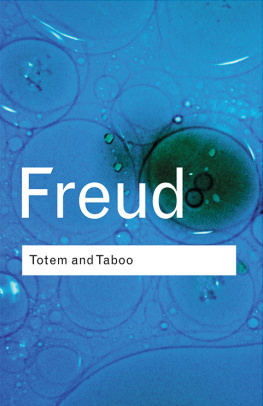ROUTLEDGE LIBRARY EDITIONS:
CINEMA
Volume 26
THE DIFFICULTY OF DIFFERENCE
THE DIFFICULTY OF DIFFERENCE
Psychoanalysis, Sexual Difference
& Film Theory
D. N. RODOWICK
First published in 1991
This edition first published in 2014
by Routledge
2 Park Square, Milton Park, Abingdon, Oxon, OX14 4RN
Simultaneously published in the USA and Canada
by Routledge
711 Third Avenue, New York, NY 10017
Routledge is an imprint of the Taylor & Francis Group, an informa business
1991 David Rodowick
All rights reserved. No part of this book may be reprinted or reproduced or utilised in any form or by any electronic, mechanical, or other means, now known or hereafter invented, including photocopying and recording, or in any information storage or retrieval system, without permission in writing from the publishers.
Trademark notice: Product or corporate names may be trademarks or registered trademarks, and are used only for identification and explanation without intent to infringe.
British Library Cataloguing in Publication Data
A catalogue record for this book is available from the British Library
ISBN: 978-0-415-83865-8 (Set)
eISBN: 978-1-315-85201-0 (Set)
ISBN: 978-0-415-72676-4 (Volume 26)
eISBN: 978-1-315-85572-1 (Volume 26)
Publishers Note
The publisher has gone to great lengths to ensure the quality of this book but points out that some imperfections from the original may be apparent.
Disclaimer
The publisher has made every effort to trace copyright holders and would welcome correspondence from those they have been unable to trace.
THE DIFFICULTY
OF DIFFERENCE
PSYCHOANALYSIS,
SEXUAL DIFFERENCE
& FILM THEORY
D. N. RODOWICK
ROUTLEDGE New York & London
For R. B. and L. M.
Was du ererbt von deinen Vtern [und Muttern] hast, Erwirb es, um es zu besitzen.
Goethe, Faust, I, 1
Published in 1991 by
Routledge
An imprint of Routledge, Chapman and Hall, Inc.
29 West 35 Street
New York, NY 10001
Published in Great Britain by
Routledge
11 New Fetter Lane
London EC4P 4EE
Copyright 1991 by Routledge, Chapman and Hall, Inc.
Printed in the United States of America
All rights reserved. No part of this book may be reprinted or reproduced or utilized in any form or by any electronic, mechanical or other means, now known or hereafter invented, including photocopying and recording, or in any information storage or retrieval system, without permission in writing from the publishers.
Library of Congress Cataloging in Publication Data
Rodowick, David Norman.
The difficulty of difference: psychoanalysis, sexual difference,
and film theory / D. N. (David Norman) Rodowick.
p. cm.
Includes bibliographical references and index.
ISBN 0-415-90331-9 (HB). ISBN 0-415-90332-7 (PB)
1. Film criticism. 2. Sex differences (Psychology)
3. Psychoanalysis. I. Title.
[DNLM: 1. Motion Pictures. 2. Psychoanalytic Theory. 3. Sex
Factors. WM 460 R695d]
PN1995.R619 1990
791.43013-dc20 90-20695
British Library Cataloguing in Publication Data
Rodowick, D. N. (David Norman)
The difficulty of difference: psychoanalysis, sexual
difference and film theory.
1. Cinema films. Feminist theories
I. Title
791.4301
ISBN 0-415-90331-9
ISBN 0-415-90332-7 pbk
Contents
This book cites liberally from the works of Sigmund Freud and Jacques Lacan in both original and translated versions. All citations from Freud in English are from The Standard Edition of the Complete Psychological Works of Sigmund Freud, ed. James Strachey (London: Hogarth Press and the Institute for Psychoanalysis, 19531974), abbreviated in my text as SE followed by the relevant volume and page numbers. Simple references to Freuds works are referenced by the date assigned to them in the international Freud Bibliography. Citations referring to the original German are from the Freud Studienausgabe (Frankfurt am Main: S. Fischer Verlag GmbH, 1975), abbreviated as Stud., followed by volume and page number.
All translations from Lacan are cited from the Norton editions. The abbreviation E refers to Ecrits: A Selection, trans. Alan Sheridan (New York: W. W. Norton and Co., Inc., 1977). References to the translated Sminaires are abbreviated as S followed by the relevant volume and page numbers.
Readers familiar with my work may have a sense of dj vu when seeing the title of this book. Eight years ago I published an essay entitled The Difficulty of Difference. Although it was widely read and cited, I have always been struck by several paradoxes in how this article was received. That my essay, a study of the problem of sexual difference, was accepted as a contribution to feminist film theory was a welcome if unforeseen event. More significantly, I was struck by how The Difficulty of Difference was read, mistakenly in my view, simply as a critique of Laura Mulveys important and influential article on Visual Pleasure and Narrative Cinema. At that time, my concern was how the theme of Mulveys provocative and polemical argument was taken to be axiomatic. Every film student knows well this catechism: In a world ordered by sexual imbalance, pleasure in looking has been split between active/male and passive/female.
In retrospect, I never meant to imply that Mulveys argument was necessarily wrong. In fact, the more I read this inescapably important essay, the more complex and thought-provoking it becomes. Instead, my concern was the way in which Mulveys work was being appropriated and canonized by professional film theory which seemed to me to close off many of the perplexing questions and problems that the essay was determined to ask and to confront. Included among them are complex methodological issues involving the appropriation of psychoanalysis by film theory, the question of sexual identification and sexual difference in spectatorsabove all through the problem of enunciation or subject-positioningand the methods and objectives of ideological criticism. To me, these remain crucial and unresolved problems in film theorys encounter with psychoanalysis.
Over the years, my students have urged me to readdress the issues raised in my earlier work. It is to my students, then, that I owe the inspiration for this book, also called The Difficulty of Difference. Attentive readers may find the original essay appearing ghost-like beneath the palimpsest of ideas that have now been layered upon it. This is especially true in my discussion of the influence of Laura Mulvey in Chapter One and my reconsideration of Freuds study of infantile beating phantasies in Chapter Four. In this respect, I am grateful to the journal Wide Angle for their indulgence. However, in repeating the title of an earlier work I do not want to imply that I am appearing eight years after the fact to say what I really meant. Rather, I want to stress that for me problems of sexual difference and psychoanalytic theory, above all with respect to their possible contributions to cultural theory and ideological criticism, should not be considered as closed off, finished, or resolved. My purpose in writing this book is to make some very familiar territory once again unfamiliar and thought-provoking. I will be most concerned here with problems of film theory, especially the discursive contexts through which the meanings of mass cultural artifacts are formulated, appropriated, sometimes compromised, hopefully changed.
A year ago I was asked by the journal Camera Obscura
Next page
